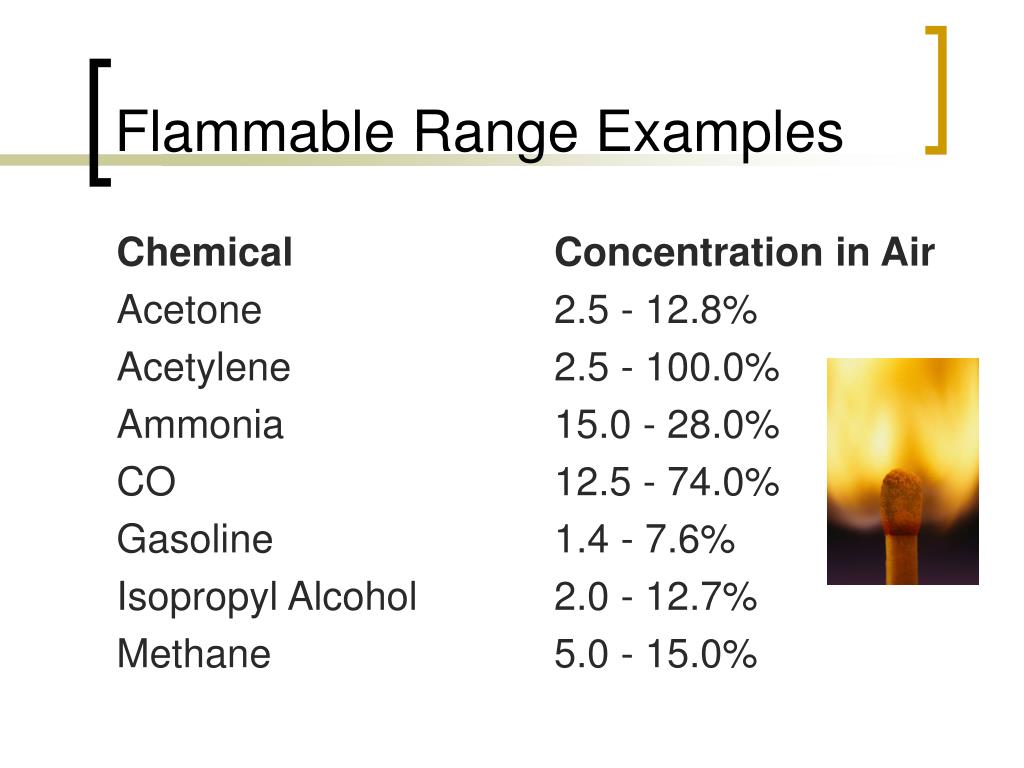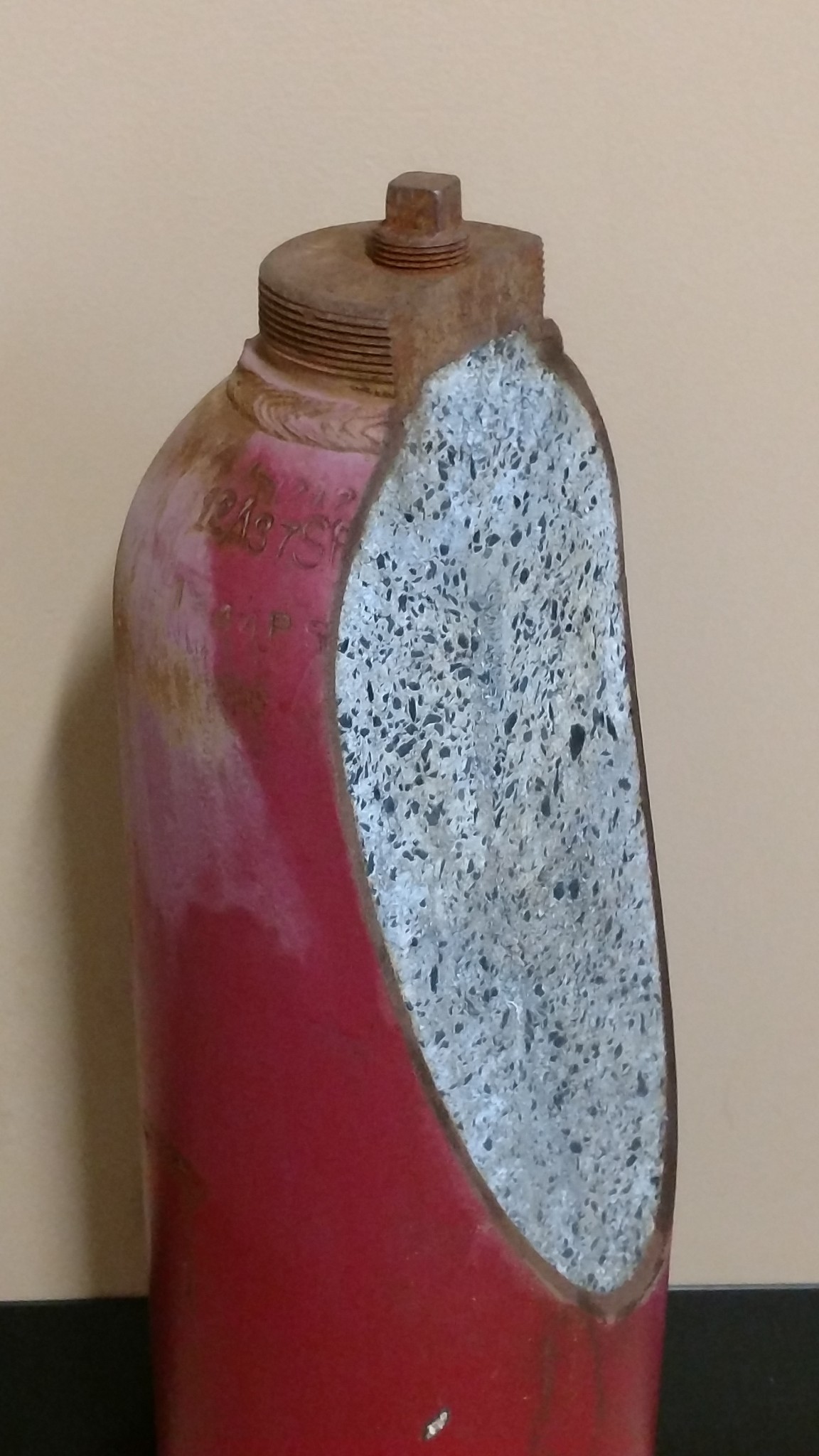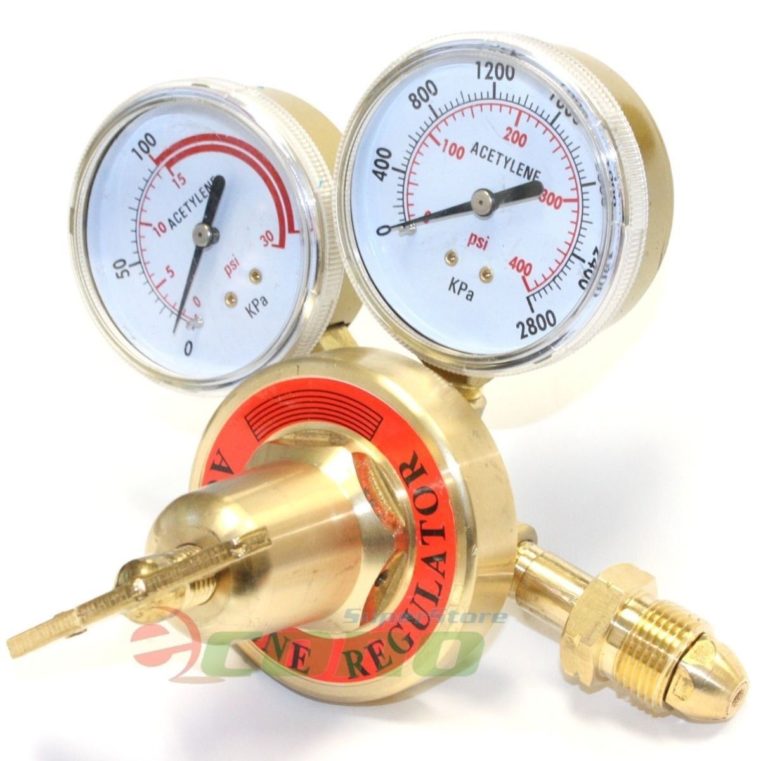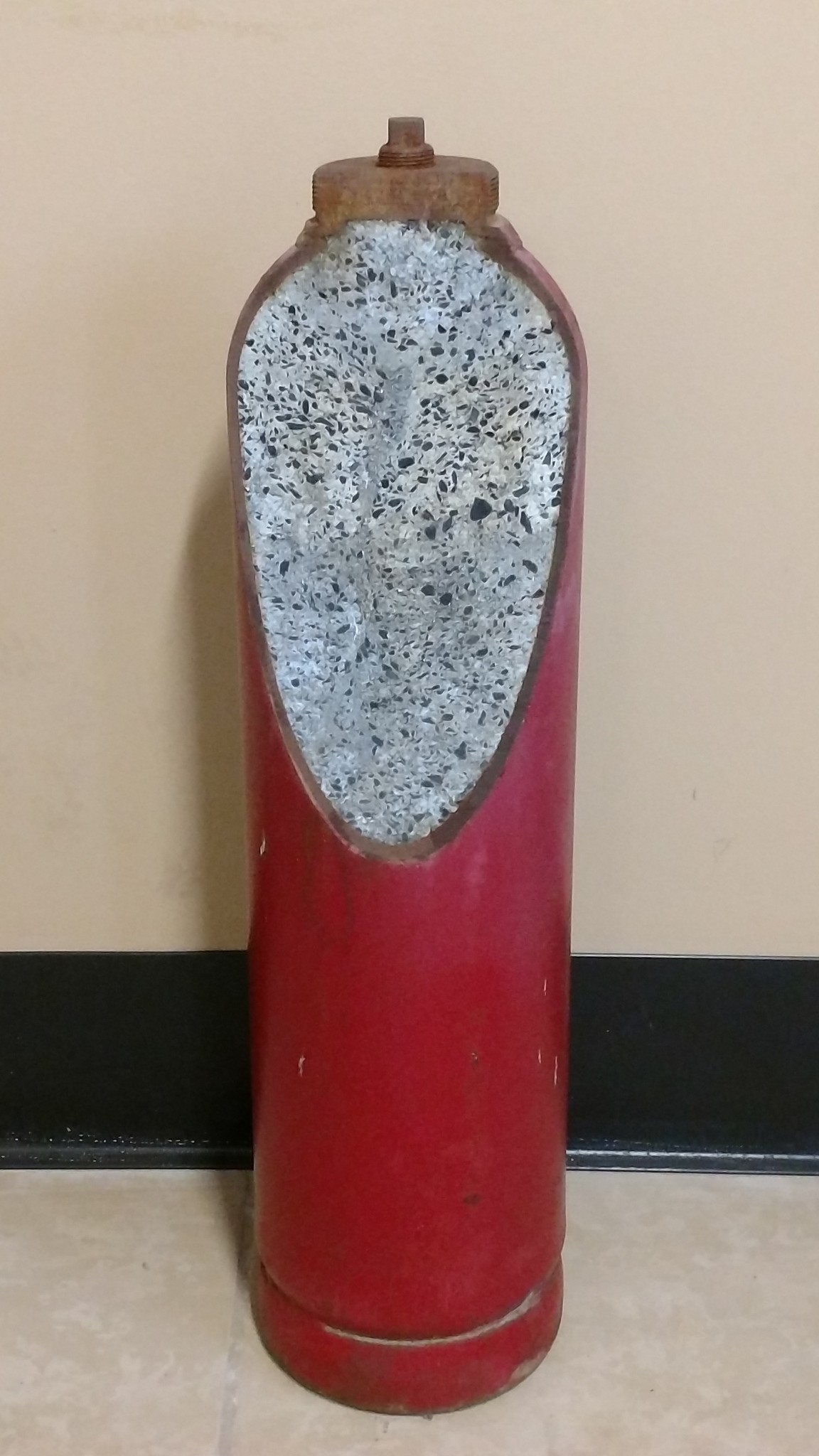Acetylene Exposure
Acetylene Exposure. Inhalation of vapors or dust is extremely irritating. In general industry, oxygen gas cutting may be part of the work process where hazards are determined and controls are in place.

 Presentation1 from www.slideshare.net
Presentation1 from www.slideshare.netOxygen or nitrous oxide) exposure limits for all gases, especially toxic or corrosive gases (e.g. Exposure to acetylene of personnel in manufacturing facilities is considered very low because the process, storage and handling operations are enclosed. Calcium hypochlorite, nitric acid, nitrogen oxide, ozone, trifluoromethyl.

Exposure controls/personal protection hand protection based on the hazard and potential for exposure, select a respirator that meets the appropriate standard or certification. Acetylene's production and use as an illuminant, oxyacetylene welding, cutting, and soldering metals, signaling, in precipitating metals, particularly copper, in the manufacture of acetaldehyde and acetic acid may result in its release to the environment through various waste streams.

Chronic health effects the following. Shipped under pressure dissolved in acetone.] molecular weight.

Studies have shown there to be no harmful effects from exposure to acetylene. The acetylene is extracted from the gas container.

Oxygen or nitrous oxide) exposure limits for all gases, especially toxic or corrosive gases (e.g. Acetylene has been estimated to be about 12.69% of total organic.

Decontamination should not be necessary following exposure to acetylene as it exists as a gas at room temperature. The amount of acetylene gas necessary to dilute the concentration of oxygen in air below levels necessary to support life, is well

The symptoms of acetylene inhalation include dizziness, headache, fatigue, nausea, vomiting, tachycardia and tachypnea [2]. Acetylene has been estimated to be about 12.69% of total organic.

Acetylene's production and use as an illuminant, oxyacetylene welding, cutting, and soldering metals, signaling, in precipitating metals, particularly copper, in the manufacture of acetaldehyde and acetic acid may result in its release to the environment through various waste streams. Oxygen or nitrous oxide) exposure limits for all gases, especially toxic or corrosive gases (e.g.

The failure caused severe fragmentation of the. Acetylene's production and use as an illuminant, oxyacetylene welding, cutting, and soldering metals, signaling, in precipitating metals, particularly copper, in the manufacture of acetaldehyde and acetic acid may result in its release to the environment through various waste streams.

The symptoms of inhalation of acetylene can result in fatigue, dizziness, tiredness, vomiting, nausea, tachypnea, and tachycardia. Contact with liquid acetylene may cause irritation upon repeated exposures.
However, worker exposure can potentially happen during operations like product transfer operations, product sampling, or maintenance/repair activities on product containing systems. Acetylene is also a colourless gas, which is widely used in welding processes.

Station road, coleshill b46 1jy birmingham united kingdom 01675 462424 en (english) sds ref.: Colorless gas with a faint, ethereal odor.
Acetylene storage in excess of 2.500 cu ft (70.79 cubic meters) is prohibited in buildings and other occupancies. Acetylene is stored as a liquid under pressure in cylinders;

Acetylene's production and use as an illuminant, oxyacetylene welding, cutting, and soldering metals, signaling, in precipitating metals, particularly copper, in the manufacture of acetaldehyde and acetic acid may result in its release to the environment through various waste streams. In general industry, oxygen gas cutting may be part of the work process where hazards are determined and controls are in place.

Its lower and upper explosive limits in air are 2.5% and 93%, respectively. Upon exposure to acetylene (moist or dry) the oxide and carbonate samples formed a material, which also exhibited an exotherm;

The acetylene is extracted from the gas container. Contact of liquid acetylene with the eyes may cause temporary irritation.

Since acetylene is endothermic and effectively a reducing agent, its reaction with oxidants can be very violent (examples: Inhalation of vapors or dust is extremely irritating.
Exposure to a high concentration of acetylene may result in. Very high levels of acetylene can decrease the amount of oxygen in the air and cause suffocation and death.

Decontamination should not be necessary following exposure to acetylene as it exists as a gas at room temperature. For exposure to liquid, immediately warm frostbite area with warm water not to exceed 105°f (41°c).

* exposure to very high levels can cause suffocation and death due to lack of oxygen. Ingestion is not considered a potential route of exposure.

Wash affected area(s) with soap and warm water. Acetylene is also a colourless gas, which is widely used in welding processes.
These Documents Provide Information On The Health Effects Of Exposure, The Chemical's Toxicity And Material For Responding To A Chemical Incident.Brief exposure effects last only a few minutes. May cause coughing, difficult breathing and nausea. En 166 personal eye protection.
Most Important Symptoms And Effects, Both Acute And DelayedIts lower and upper explosive limits in air are 2.5% and 93%, respectively. When mixed with pure oxygen in a cutting torch assembly, an acetylene flame can theoretically reach over 5700°f. This paper considers the explosion of an acetylene gas cylinder, which occurred in 1993 in sydney.
Exposure Can Cause Headache, Dizziness, Lightheadedness, And Passing Out.For exposure to liquid, immediately warm frostbite area with warm water not to exceed 105°f (41°c). The symptoms of acetylene inhalation include dizziness, headache, fatigue, nausea, vomiting, tachycardia and tachypnea [2]. Wash affected area(s) with soap and warm water.
Maintain Skin Warming For At Least 15 Minutes Or Until Normal Coloring And Sensation HaveSubstance name acetylene gas coshh assessment number 037 rev. Studies have shown there to be no harmful effects from exposure to acetylene. Fire or explosion from the release of flammable gases near ignition sources (e.g.
Acetylene Reacts With Active Metals (E.g., Copper, Silver, And Mercury) To Form Explosive Acetylide Compounds.Acetylene storage in excess of 2.500 cu ft (70.79 cubic meters) is prohibited in buildings and other occupancies. Acetylene is the most common gas used for fueling cutting torches. Since acetylene is endothermic and effectively a reducing agent, its reaction with oxidants can be very violent (examples:
Belum ada Komentar untuk "Acetylene Exposure"
Posting Komentar